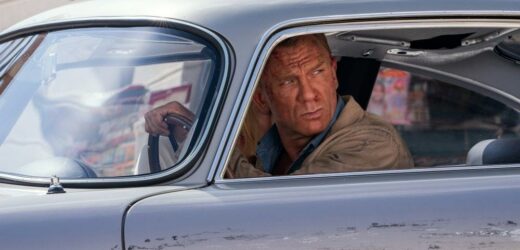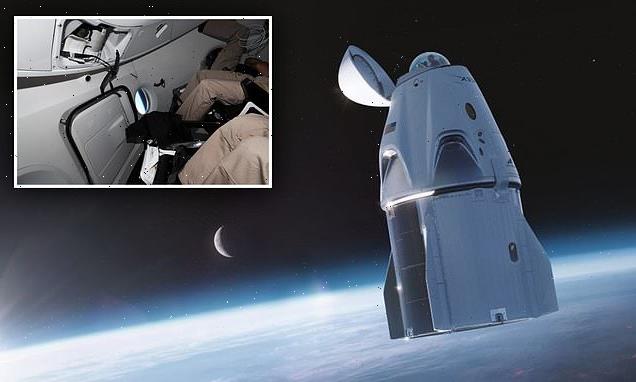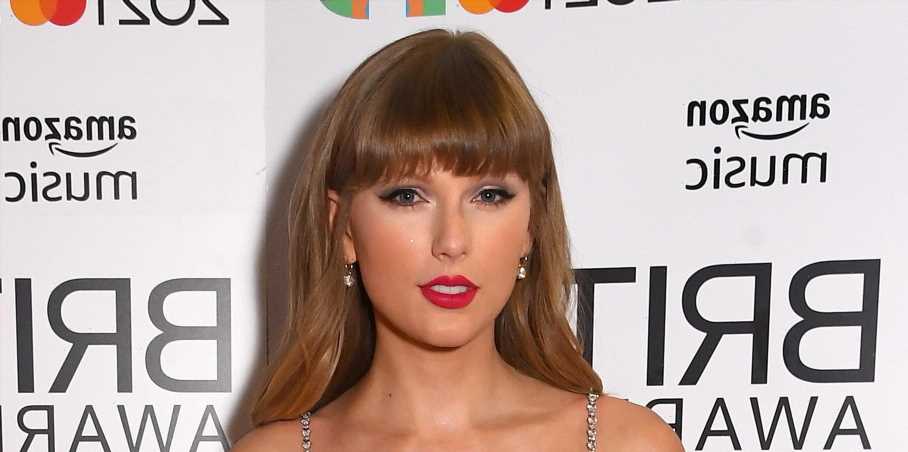James Bond movies’ title sequences are some of the most iconic in film. Bold visuals hint at the film’s plot while a lush Bond theme song plays over elements like a gun, playing cards, a martini glass and even a bullet.
The creative direction for the “No Time to Die” title sequence included an homage to visual motifs featured in Bond movies from the original designer, Maurice Binder. While Binder set the template for the sequences, the titles for “No Time to Die” were a mix of old and new.
Stephen Goalby, Framestore’s head of design, London, and Jules Janaud, VFX supervisor, worked on the four-minute sequence that changes dramatically through color and visuals. The creation of each segment presented unique challenges, whether creating realistic effects in sand, water and smoke or animating a silhouette to move with Daniel Craig’s signature manner and cadence.
The finished title sequence features a total of 5373 frames, the content of which consists of nearly 50 separate CG and 2D assets and took over two and a half million hours of CPU rendering time.

When you’re working on a title sequence that is this recognizable and this important to film history, how do you develop ideas while paying homage to the past?
Stephen Goalby: It’s such an honor to do this stuff, but the pressure sf on your shoulders right away. You want to do something good because it’s historic to do a title with Daniel Kleinman, who has directed every title sequence since “Goldeneye.”
Jules Janaud: The challenge was about doing something different, but not too different, and it was the 25th anniversary.
Goalby: Daniel came to us with a lot of ideas. The sequence needed to hint at what was going to happen in the film. So, Jules and I went away, did tests and mock-ups, we’d do test animations and work with Danny to formulate the ideas to see what would stick. He could see the magic right away.
How did that all come together in terms of imagery and colors and working in Billie Eilish’s song, “No Time to Die”?
Janaud: We rewatched the titles that had been done in the past. We looked at “Dr. No.” and the iconic moments. But the challenging aspect was to have those iconic moments and you want to tell a story, but without giving tons away. There were some aspects we had to remove because they were spoilers.
Goalby: It had to feel Bond. Billie’s track helped our visuals feel Bond-like. There was also this slight narrative that we added to what’s going to happen. Five years have passed and he’s lost his mojo, so it’s whether he gets it back. So, we added in subtle hints to tell that story.
Janaud: When you work in animation, you try to synchronize things so we had to work with Danny about where to build things up and really have the color pop at the end.

What was the key imagery in this title sequence and what motifs did you establish?
Janaud: We tried to have circles because that’s such a part of the sequences. We played with it a bit and settled on the kaleidoscope effect. We liked the idea too of starting with dots.
Goalby: As soon as the music starts with the gun barrel and the white circle goes across the screen, you know it’s James Bond, so it was nice to have that circle motif going throughout. The thing is we didn’t know about the ending, that was super top secret at the time.
Janaud: Daniel had the script in hand, but his process when working is not to watch too much of the film or read too much because he doesn’t want to be too influenced by it in telling the story too much. We knew bits and bobs and enough to launch the title sequence.
The brief given to us was to do something retro and not driven by CGI.
What visuals did you play with when creating the sequence?
Goalby: The overarching idea was that James Bond has had his heart broken and his mojo is down. He wants to retire, so the color palette followed the muted colors and natural tones. By the end, we’ve got this uplift of bright colors which symbolizes him getting his mojo back. And there’s that pop of red, in full screen.

Source: Read Full Article


